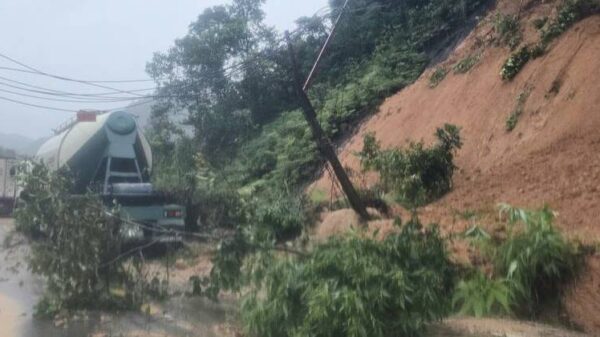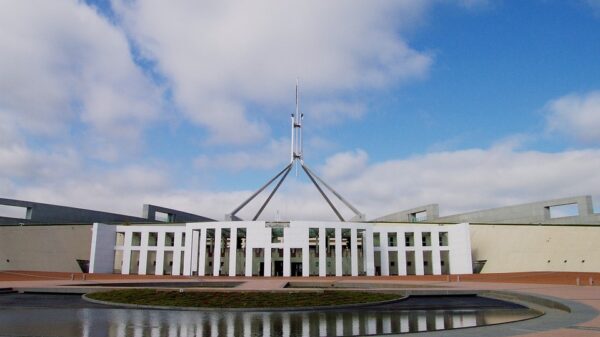UPDATE: An urgent new initiative has just launched, with an $8 million grant program designed to revolutionize Australia’s seaweed farming industry. The Department of Agriculture, Fisheries and Forestry (DAFF) announced that this funding will significantly accelerate the production of the methane-inhibiting seaweed, Asparagopsis, which is critical for reducing agricultural emissions.
Methane emissions from livestock account for approximately 71 percent of Australia’s agricultural emissions and 13 percent of the nation’s total emissions, according to the latest National Inventory Report. This initiative is not just about environmental improvement; it’s an economic opportunity that could reshape the industry over the next 30 years.
Matt Lowe, Deputy Secretary of DAFF, emphasized the program’s role in enhancing investment and boosting research capabilities within the Australian seaweed sector. “This program is rapidly increasing the production of methane-inhibiting seaweed for the benefit of our growers, our consumers, our scientists and researchers, and ultimately, our planet,” Lowe stated.
The two-year program, which kicked off in June 2023, aims to establish a National Hatchery Network (NHN), operating out of James Cook University in Queensland and the South Australian Research Development Institute. This network will refine seaweed production techniques, publishing essential resources such as hatchery manuals and technical reports.
In addition to improving production techniques, the program has funded ten research, development, and extension projects focused on market analysis, economic modeling, and advancing carbon credit schemes. These projects aim to innovate the seaweed value chain and create online platforms to enhance collaboration between industry and research organizations.
A significant highlight of the initiative includes support for the upcoming 2025 Seagriculture Asia-Pacific conference, hosted by the Australian Sustainable Seaweed Alliance (ASSA) in Adelaide. This event will facilitate valuable international connections for Australia’s seaweed farmers and researchers, enhancing global collaboration.
Lowe remarked, “The program delivered groundbreaking research and development outcomes and, importantly, built a strong foundation for the seaweed industry that will benefit the economy, climate, farmers, and communities across Australia into the future.”
With this new funding, the Australian seaweed industry is poised for rapid growth, offering a promising solution to both climate challenges and economic development. As production ramps up, all eyes will be on the results that emerge from this innovative initiative.
Stay tuned for further updates on this developing story, as the impacts of this program are set to unfold in real-time, potentially transforming Australia’s agricultural landscape for generations to come.






























































